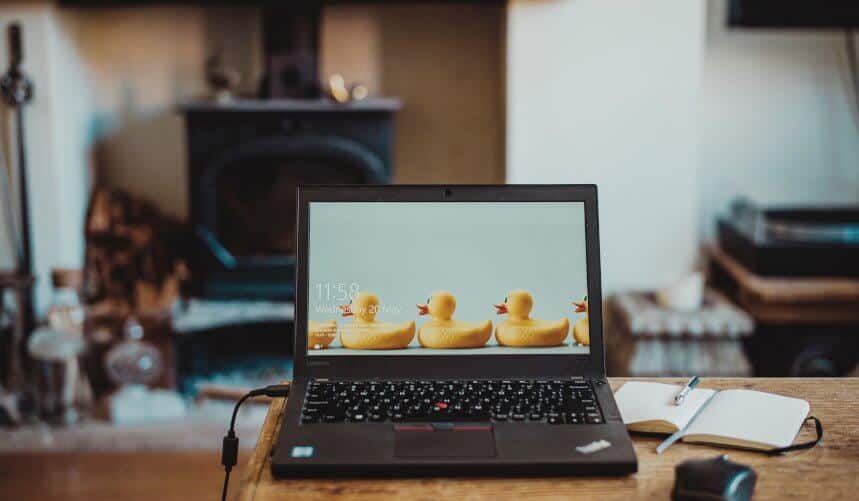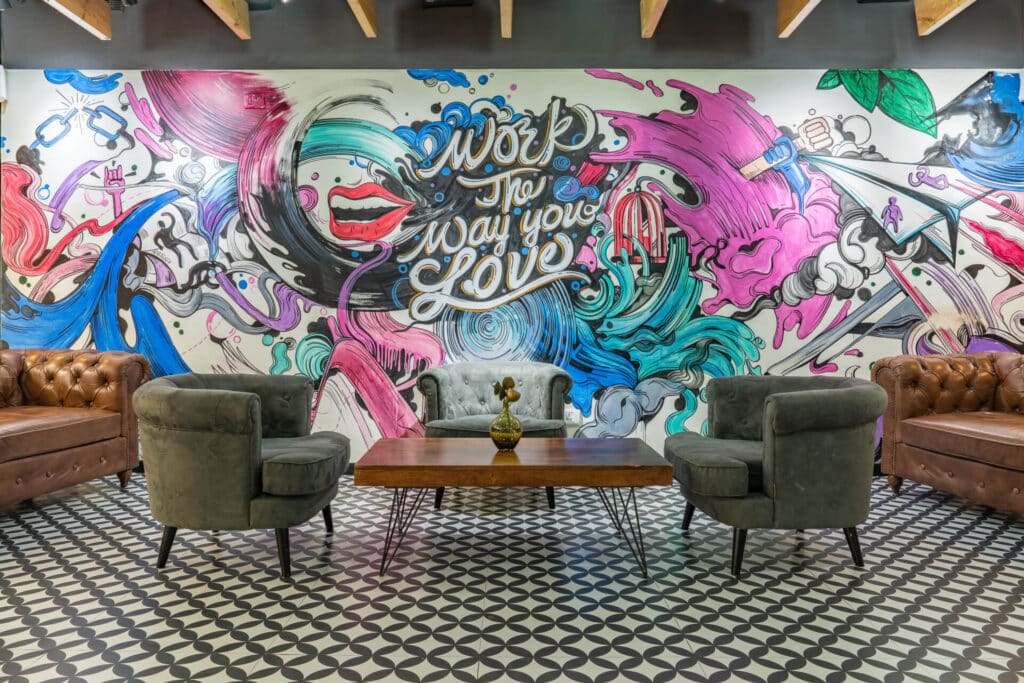If you’re struggling to create a great employee experience in the wake of COVID-19, you’re not alone.
As workplace teams come up with new ways to support work from home (WFH) and work from office (WFO) employees during the pandemic, they’re creating a roadmap for maintaining a positive employee experience in a post-Coronavirus world.
We asked a panel of global workplace leaders to share the strategies they’re successfully using to manage the employee experience in our latest panel discussion: COVID-19: Creating a Great Employee Experience.
Panelists for this discussion included:
- Cadi Withers, Director of Global Office Operations at Xandr
-
- Casey Smalley, Workplace Experience Lead at Unity
- Tamara Hansen, Workplace Experience Lead at Unity
Here are some of the key strategies they shared. To hear all of the strategies in detail, listen to a recording of the panel discussion here.
It took our team a lot of discussion to figure out how to relay the in-office experience as a WFH team.
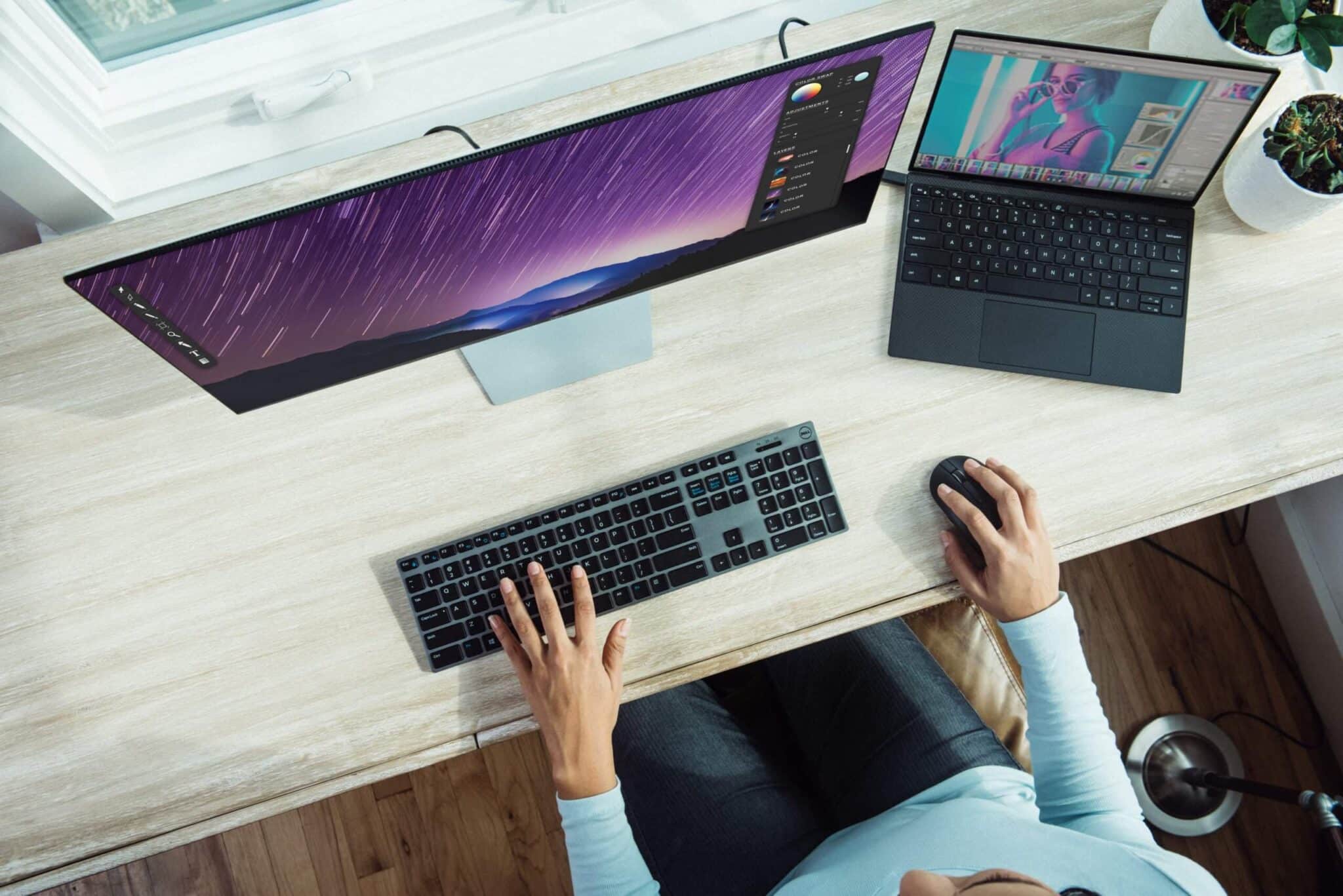
Improving the WFH employee experience
How can workplace teams create a positive employee experience for remote-based employees, when everybody’s WFH setup is vastly different?
While you may not be able to control every variable, there are several ways you can influence your people’s WFH employee experience for the better. Here’s how our panelists are going about it:
Place an emphasis on mental health
Fostering mental wellbeing was always an integral part of providing a positive employee experience. Panelists agreed that, post-COVID, it has now become more important than ever.
“On Slack, we have a WFH parenting channel, which is about tips, tricks, and commiserating together. We celebrated a mental health wellness month. We also increased support on sick leave should someone get COVID or have to care for someone with COVID.”
Provide unprecedented flexibility
The need for greater flexibility came up time and time again. With everyone working from home—especially those with children—employee schedules need to be flexible.
But from an employee side, knowing when to turn off your computer is important. When you have that flexible schedule, you tend to be online more, answering messages outside of work hours. Setting those boundaries is really important.
Allow employees to return to the office and collect personal items
All panelists had developed a program to allow employees to return to the office, briefly, to collect business-critical items and personal belongings.
“We used a Jira tool to allow everybody to request and collect items from the office. And we arranged a formal health-check process when the employee came in to retrieve those items.”
Offer engagement programs for WFH employees
One panelist found that introducing events like virtual appy hours, trivia, and scavenger hunts were helpful in engaging remote-based employees.
“We’ve also created a Slack channel, which connects everybody in the channel in groups of three each week. It’s a way for employees to just meet other people that they might have normally bumped into at the office and connect in a fun way.’
Extend in-office perks to WFH employees
Each of our panelists’ companies provided stipends for fitness and home-office equipment. And their workplace teams went one step further by making in-office perks available to WFH employees.
“We’ve always provided yoga and meditation sessions on-site in SF, so we’re now providing that over Zoom.”
I think the workplace of the future, at least the temporary future, is less about individualism and more about cooperation and community.
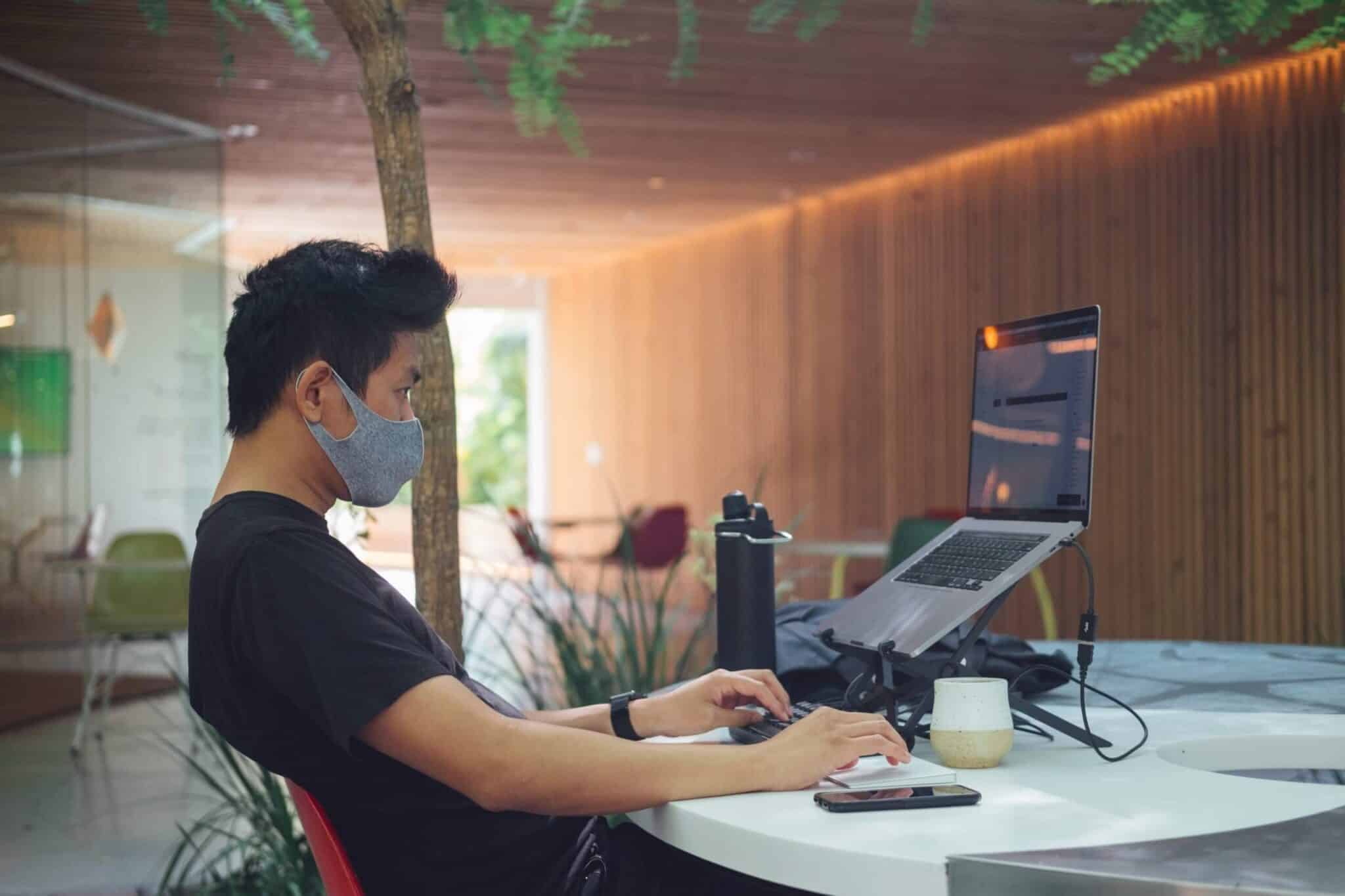
Defining and improving the new office experience
The office employees left when COVID-19 first broke out is nothing like the office they’ll be returning to in the future.
Here are some of the strategies our panelists are leveraging to reimagine and reopen the office in a way that keeps people safe while maintaining a positive employee experience.
Provide shared, bookable desks
For the initial phases of reopening, panelists were providing shared bookable desks to employees by using a variety of tools in OfficeSpace:
- Scenarios to plan out different configurations
- Distancing Planner to generate socially distanced seating plans for every phase of reopening
- Desk Booking to provide bookable desks to employees
Read More: See how the features in OfficeSpace can help you plan and implement a successful return to office strategy for your people.
Develop employee welcome kits
Whether it’s an online wiki, explainer videos, or physical items like hand sanitizer and a mask, welcome kits can help returning employees familiarize themselves with the new office.
One panelist is providing return-to-office (RTO) kits that include a mask, hand sanitizer, and a list of best practices for employees to follow when they’re working in the office. Others are sharing online files that employees can access 24/7, which help them understand what’s expected of them at the office.
Allow employees to WFH if they prefer
Even when offices are re-opened, it’s very likely that some employees will still want to WFH—and panelists are already implementing internal policies to support this need.
“We’ve built in a WFH option until June 2021. We understand we need to be flexible with everybody. So we’re not making anybody come back, even if their office is reopened.”
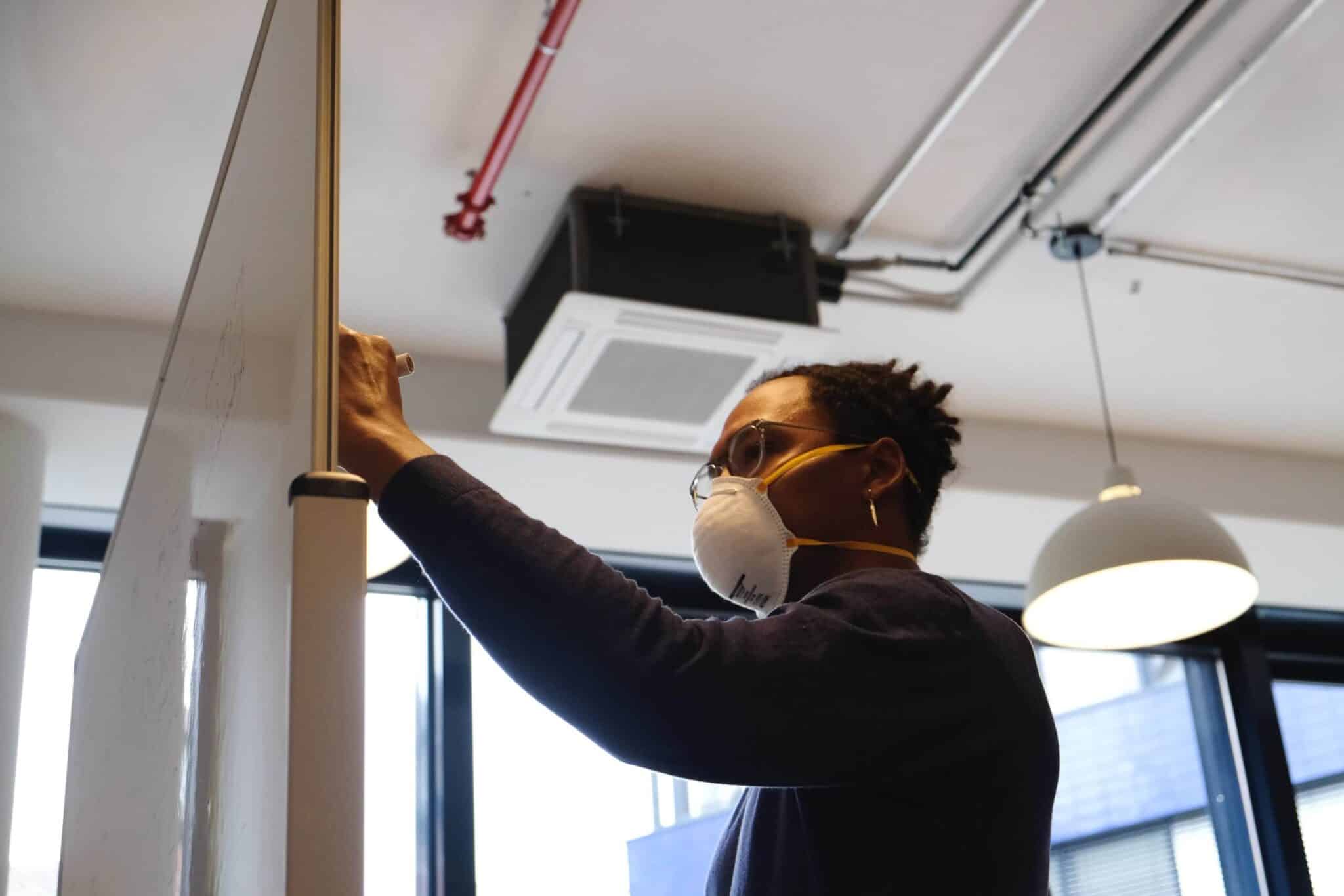
How is your team creating a great employee experience?
There’s no roadmap to shaping and delivering an exceptional employee experience in a post-Coronavirus world.
Share your strategies and ideas in the comments section below and help other workplace teams create a great employee experience for their people.
And if you’d like to hear all of the strategies shared during COVID-19: Creating a Great Employee Experience, listen to a recording of the panel discussion here.
Read more panel discussion recaps on the OfficeSpace blog:
- COVID-19: Lessons learned from office reopenings
- COVID-19: How global workplace leaders are safely returning employees
Photos: Aleks Marinkovic, XPS, Paul Hanaoka,airfocus

